Today we drove to the Badger Creek Weir, to find a Lyrebird? No, just any bird![]()
When I said to my husband, can you hold my Baby (that is my camera![]() ) while I go to the toilet. That's when I saw IT. Not the best location to take photos, but as I always say: good enough until I get a better one.
) while I go to the toilet. That's when I saw IT. Not the best location to take photos, but as I always say: good enough until I get a better one.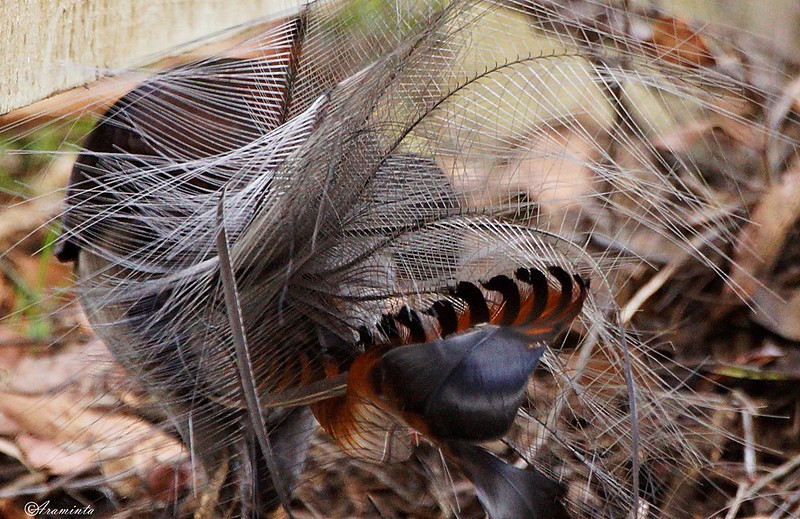
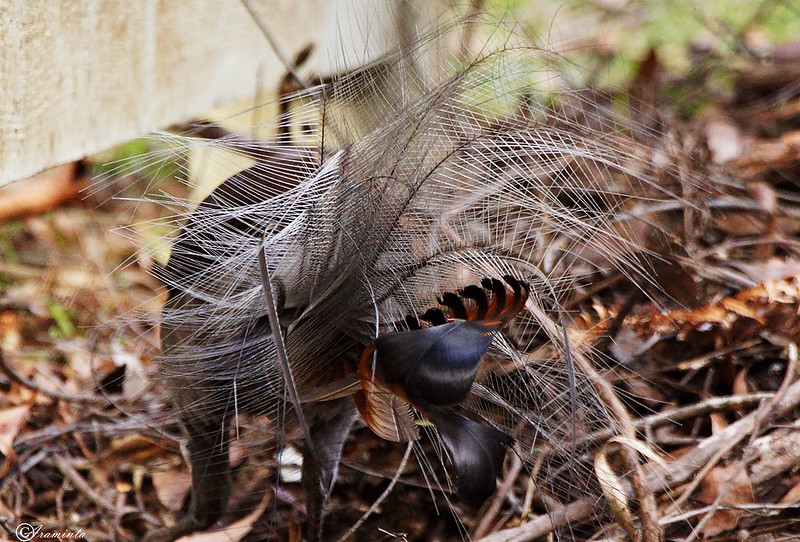
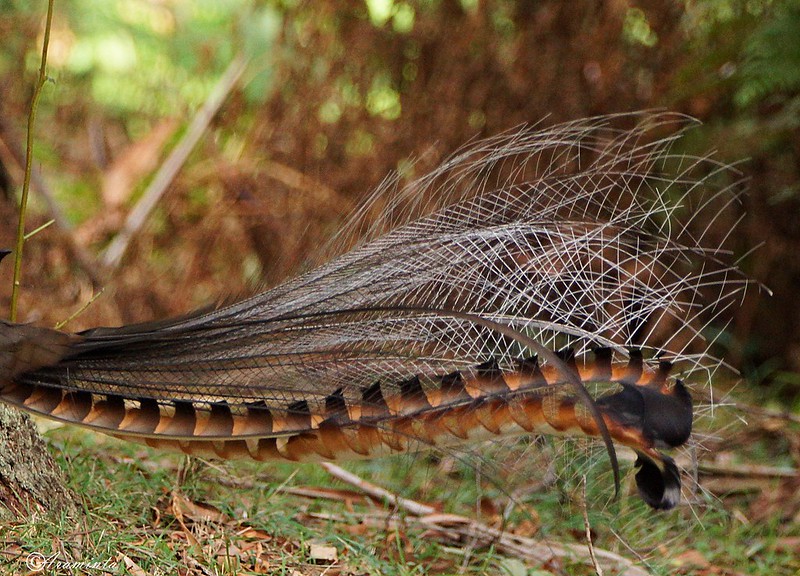
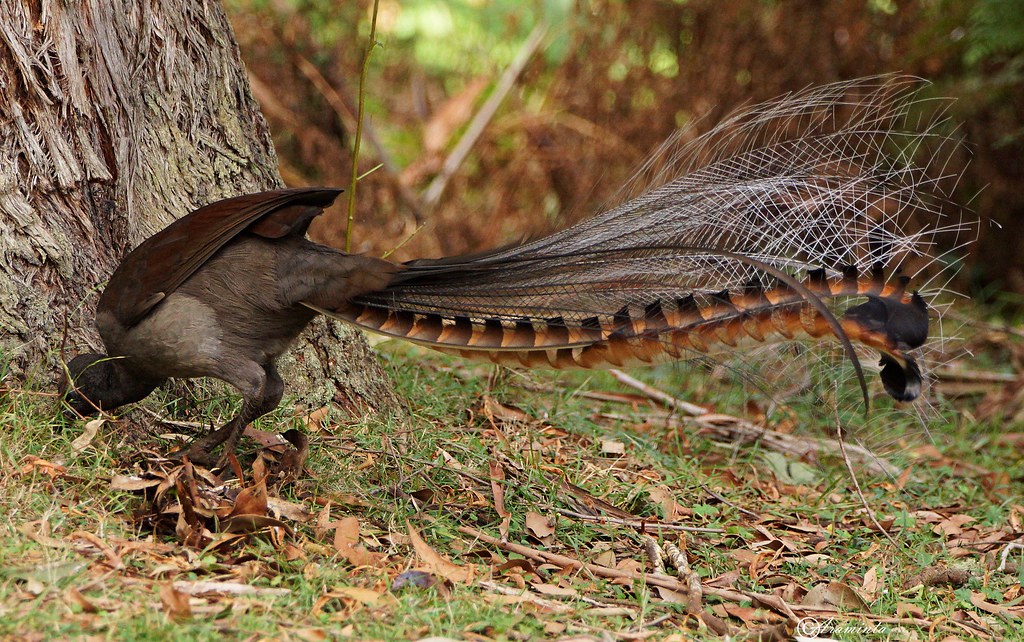
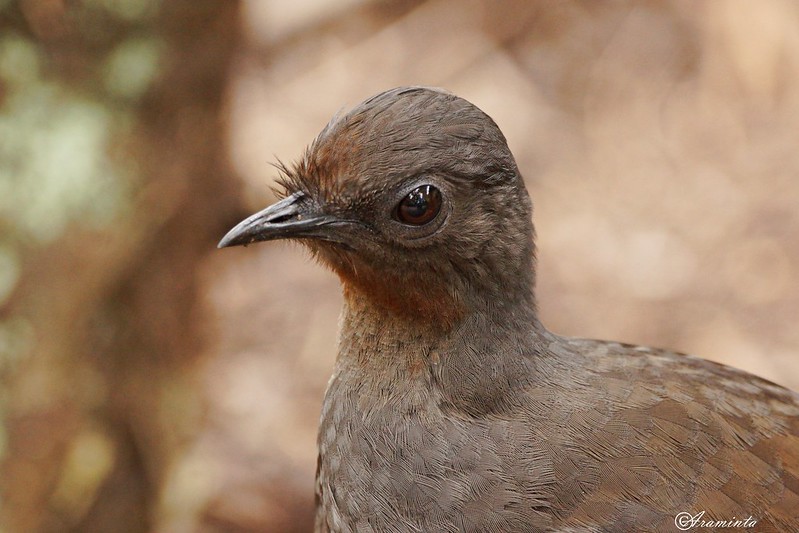
enjoy










that's Superb
Peter
We were so lucky to see it, shortly after I took the photos three cars with tourists pulled up to have a BBQ. That was the end of any bird photography. The place changed within seconds. Kookaburras, King Parrots , Rosellas and Currawongs turned up in large numbers. There were signs :do not feed, but nobody cared. I saw a Kookaburra take off with a BigM.
Any time later, and I wouldn't have any photos.
M-L
i have never seen a lyre bird great pictures wow lucky you to see all those birds
kerry
I saw two of them, unless it was the same one running down the road later. If you would visit the Dandenong Ranges (Melbourne), you could most likely see some.
Here is No2 running away from me

M-L
Wow how totally awesome !!!!!!!!!! Fantastic photos !!! You obviously don't go into panic mode when you see a new bird like me , I am all over the place and 98% of the photos I manage to take are then blurred or only have half the subject in it ( especially birds in flight) . I am still very interested in knowing what sort of (baby) camera you use !!!! You definately had a lucky day !!!!!!!!!!!!!
Kerry - Perth, Western Australia.
Thanks shoop, I use a Sony SLT-A77V, and a Sony 70-400mm G lens.
M-L
Beautiful photos M-L. How lucky you are.
I went on a field trip the other day for uni Landscape Ecology and the lecturer was telling us about how they're called Lyrebirds (liarbirds?) because they're such good mimics. It did my head in a bit..
These photos almost show why they're called lyrebirds - those main feathers are so spectacular.
Cheers
Tim
Brisbane
Hi Tim, I hope you had a good laugh about that
The lyre of classical antiquity was ordinarily played by being strummed with a plectrum, like a guitar or a zither, rather than being plucked, like a harp. The fingers of the free hand silenced the unwanted strings in the chord. The lyre is similar in appearance to a small harp but with distinct differences.
Vertical harps with 2 arms also known as lyre harps or "lyres" also began appearing in ancient Sumaria by 2800 BC. Some of the oldest carvings of harps were discovered in Phoenicia with marble harp statuettes found dating back to 3,000 - 2,300 BC. The development of the lyre harp in Greece also coincided with the development of mathematical musical scales. By the 6th century BC, Pythagorus discovered numerical ratios corresponding to intervals of the musical scale.
The Greeks are also credited with inventing the Aeolian harp, a harp played by the wind. The Romans Ancient Rome did not seem to place as high an importance on music compared to other ancient civilizations. With the decline of the Roman Empire, music seemed to have died out and there are very few historical references for a half millenium. In early European society following the fall of Rome impressions of lyre harps were found on the coins of pre-Christian Gauls. The harp and musical culture in general seems to have disappeared in the Dark Ages. These centuries are shrouded in mystery.
The Lyre Harp In Western Europe After those centuries of obscurity in the historical record, the lyre precursor to the triangular Medieval harp reappeared in Western European civilization. In the fourth century AD, monk vocalizations predating Gregorian chanting were used in worship services in the Christian Church. The harp became a preferred instrument for accompaniment for the monks' voices. The harp was one of the few instruments allowed in the early church where the horn, drum and rattles were considered the devil's instruments. During the fifth century, the Papal Music School was established in Ireland where the lyre harp was taught. Fragments of a six-stringed lyre were found in the 7th-century burial ship unearthed at Suffolk in England. The remains of several Germanic lyres, dating from the fifth through the tenth century, have been found in Saxon and Frankish graves in Germany and England. The Triangular Harp It is not known where or how the fore-pillar or upright column that created a triangular-framed harp body came into use. The earliest drawings of triangular-frame harps appear in the Utrecht Psalter in the early 9th century. It was the appearance of the harp column possibly during the early Christian era that marked the advent of the modern harp. It solved two problems. It allowed the harp maker to increase string tension without distorting the instrument which also made the harp easier to tune as changing the tension of one string no longer affected the tension of all the other strings. Harps could then be built with more strings with higher tensions, better volume and tone.
http://www.alisonvardy.com/harp-info/early-harp-history.htm
M-L
Peter
Thanks Peter, I didn't know that. So mine is just an ordinary one?
M-L
Your pic is of a Superb Lyrebird. My 'discerning' comment was a joke as the Albert's lives in SE Qld (and NE NSW). The weekend coming is a Qld weekend for me and I am going to the Gold Coast. I was going to stay on the coast but this thread but get me up to Binna Burra, Mt Tamborine, ect looking for Lyrebirds. Sorry for my paragraphs, Word functions are not working for me on BIB.
Peter
pacman we needed a 'boom tish' drum smily for your superb post It gave me a chuckle.
It gave me a chuckle.
M-L they are fabulous shots of a stunning species. The tail feathers are so light and delicate, you captured them so well.
I heard plenty of Albert's lyrebirds when I was up at O'Reilly's around this time last year.
They made me smile, cause they sounded like dodgy Currawong impersonators - imagine a currawong recording played on a warped record. They were also mimicking King Parrots and perhaps pigeons etc.
Cheers
Tim
Brisbane
Around here they do mainly Kookaburras and Eastern Whipbirds, but much louder than the original, that's how you can find them.
M-L
While they built the panda enclosure at the Adelaide Zoo a few years ago, sounds of jackhammers, nail guns, circular saws & other building paraphernalia came from the nearby lyrebird (not sure if they were Albert's or superb) enclosure. Had the builders gone on strike it's likely there would have been the sound of tools being downed from the lyrebirds.
How lucky was that? Yes, I find the arrival of 'visitors' an intrusion too. I like my peace and quiet enjoying nature. Unfortunately some of the places I go people turn up with their dogs and scare all the birds away.
Great shots M-L
Kathiemt
Selby, Victoria
Spectacular - and doesn't he know it Gorgeous shots - thanks for sharing, I've never seen one of these lovelys before.
Gorgeous shots - thanks for sharing, I've never seen one of these lovelys before.
West Coast Tasmania